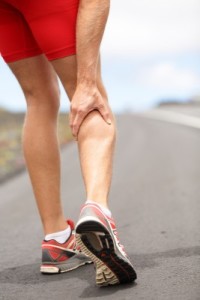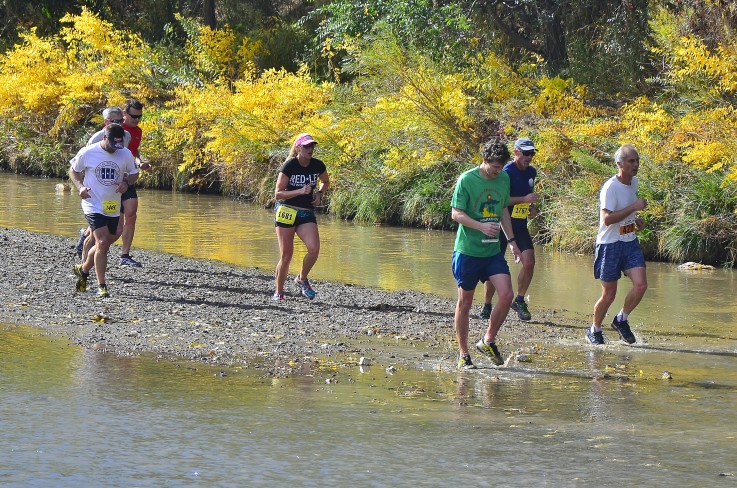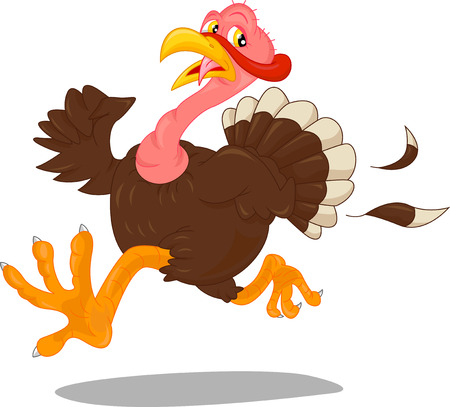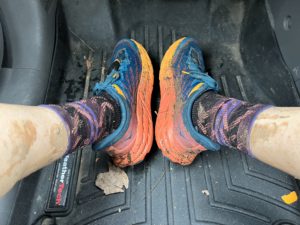
Sometimes in our endurance sports career we get injured. Sometimes is a freak, non-training or racing related injury. Sometimes it’s an overuse injury (which we should learn how to avoid), and sometimes it’s a “how the heck did that happen” injury. But unless it’s a trauma-type injury like a sprain or break from an unpreventable accident, there is usually a way to prevent it. Although sometimes we don’t learn these things until after the fact.
Regardless of the cause, there are some steps to take when dealing with an injury. First, healing is the top priority. Don’t jeopardize your entire season or future seasons because you want to push through pain. Sore muscle pain from pushing hard is very different from injury pain. If something doesn’t ever feel right, stop. That’s hard to do, and we’re all probably guilty of pushing a bit too far at some point, but trust me, slowing down so the pain goes away or stopping the workout all together is the better way to go. Taking an off or easy day or two and icing an affected area is much, much better than taking off the rest of your season.
Seek professional help. If you are experiencing that something isn’t quite right and a few rest days don’t help, go get it checked out. Depending on the nature of the discomfort, there are different places to go. You might see a massage therapist, a chiropractor, a physical therapist, or your primary care physician. Some athletes go to an acupuncturist or other “non-traditional” medicine practitioner.
Tell your coach. If you are working with a coach, make sure you tell them about what is going on. Chances are they are familiar with common injuries and can provide workout modifications and recommendations on which kind of doctor to see first.
Listen to the doctor. Now, I will say that primary care physicians who don’t deal a lot with athletes will tell you to stop doing what you are doing, but this might not be necessary. If it is sports related, I usually recommend to my athletes to start with a physical therapist or similar doctor who is very familiar with athlete injuries. Not only are the better trained to actually find the root cause of the injury (the kinetic chain is complex and the pain might be manifesting itself in another location than the true problem spot), but they also know ways to keep you active and moving while dealing with an injury.
Don’t try to rush healing. We all want to “test it out” and see if it’s better. Keep with your doctor’s recommendations on returning to activity and of course if there is any pain, stop. You might feel like you are losing fitness, but it takes a while to “get out of shape.” If it’s possible, use some kind of cross training to stay active.
Find the root cause. OK, if you had a bike crash or tripped on a big root when trail running, you probably know the root cause. But if it is an overuse-type injury, root cause determination is the tough part. But it’s really important to find out what you did that might have caused the problem. Sometimes it’s not as obvious as it may seem. Endurance sports require a lot of repetitive motion and our bodies are complex with their quirks, asymmetries, and imbalances.
If something is not in ideal alignment (say bike saddle position) and that’s affecting our pedal stroke and therefore knee joint, we might not feel anything after 10, 20, or 30 miles. But what if we pedal 50, 100, or 200 miles in a week? It adds up and we might start feeling pain. Or maybe our hips are out of alignment so over time running more miles starts to cause pain.
Dig into your training log as it might have a lot of clues. Did you suddenly add in a lot of volume or intensity? Do you need new running shoes? When was the last time you had a bike fit? Or did you start neglecting some of the strengthening exercises that you have done in the past?
Injuries are not fun but unfortunately they are a part of the endurance sport world. If you find yourself dealing with one, be patient (and be a good patient!) seek treatment sooner rather than later, and follow the guidelines above. If you do you’ll be back in action sooner than you think!
Next week will also be a must read when I’ll talk about injury prevention.









